Equipment
Avian Golf: Is this the fitting system for the masses?
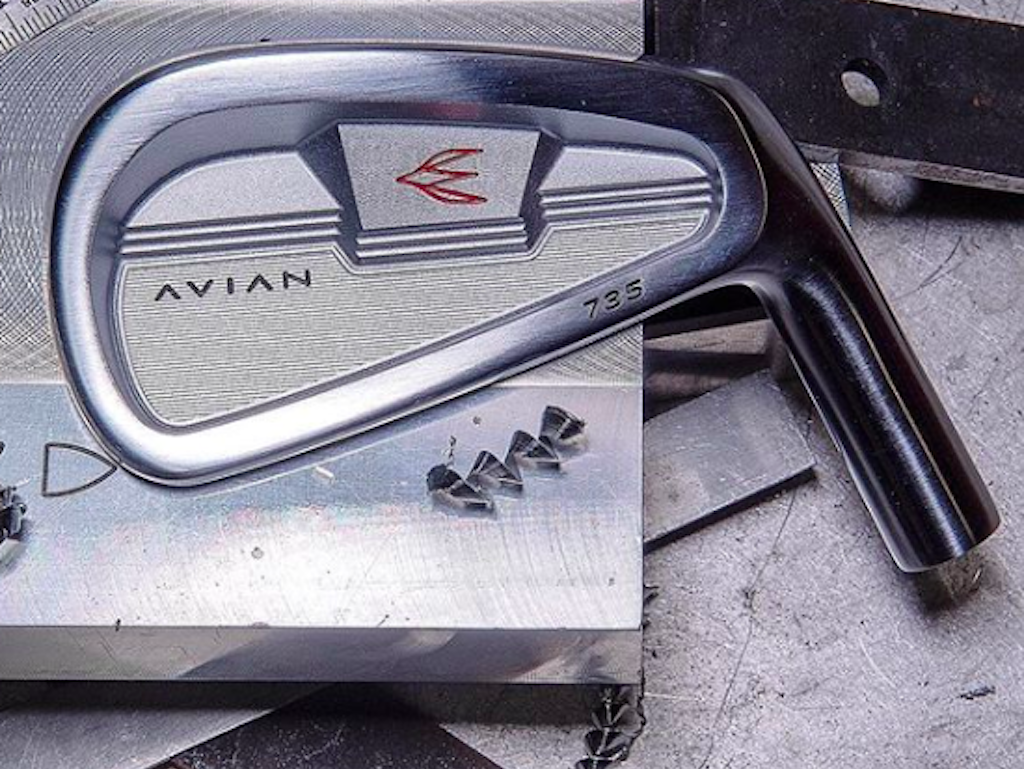
I have known Jay Turner of Avian/Red Bird for over 30 years. He built the first set of golf clubs I ever owned—it was a set of Red Birds, and if you grew up in Seattle around Jefferson Park or Rainier G&CC, you will know the name well. It was a big part of growing up in the Emerald City.
I’ll get back to Jay in a moment.
In this job, I have the opportunity to experience multiple fitting systems, theories, etc. Even to this day, the Ping Color Code fitting system is the only one I have gone through where my clubs came in and there are no tweaks needed. Literally none. Not sure if that’s psychological or brilliance on Ping’s part. I just know what I have experienced.
The game has changed since Ping color codes, with companies like TXG, True Spec, and Club Champion taking custom fitting to the next level—golf equipment customization has never been in a better spot. Some of the fitters out there like TXG’s Ian Fraser are absolute wizards at this stuff.
But what about getting it right for the person who won’t go to a fitter or lives in a town where there aren’t facilities around? Whether its logistics, financial constraints, or lack of interest, most golf consumers don’t get fit in any capacity. If you follow any of my content, you will know I believe that to be a serious problem.
So what’s the solution?
On a trip to Seattle a couple of years ago, I went in to see my old friend Jay, and he showed me his fitting system, and I must say: If there was an agnostic way to fit the masses (anyone, anywhere) this may be it. Now, is it to the level of nuance as a TXG or True Spec? No, it’s not. It’s not supposed to be. Different movies altogether.
The point here is this may be the way to get all golfers in the right ballpark (if not spot-on) in a way that is easy enough for the consumer to execute.
I could try and explain the system to you in my own words, but I thought it better to have Jay explain.
JW: Your fitting system was developed to fix what in the industry?
JT: To bring a scientifically based system to fitting that was based on stable, quantifiable elements that weren’t by opinion and guesswork to determine the optimum fit for all golfers.
We developed our fitting system to provide a biomechanically sound solution for length and lie angle (size) for golfers of all shapes and sizes, that could be applied in a systematic fashion that would provide solid fit for each individual golfer, facilitating an environment of sustainable improvement as a result.
I believe good teachers can teach, with that said, our job becomes one of our fitting players in a biomechanically sound way to accommodate their instruction and enable positive changes to movement patterns.
JW: What were the issues you saw?
JT: An abundance of anecdotal methods based on opinion and not science. They are predominantly swing based that are inconsistently interpreted, rely on trial and error, are based on flawed principles and judgment. There is a general lack of understanding with regard to length and lie angle throughout the industry and how it affects motion and efficiency.
JW: In comparison to now-popular fitting systems, what are the differences and how Is your system “better” in your opinion?
JT: Our system is different and better first and foremost, as it is based on science. It calculates a solution based on stable elements (individual physical dimensions). All other systems are trial, and error based, and subject to swing flaws and judgment. When you add in swing inconsistency, you have a recipe for guesswork. Our system provides a length and lie angle solution that addresses both vertical height as well as ball spacing. No other system systematically does this.
Also, how do you fit a player who’s never played using a swing-based method? You can’t. Our system can as we don’t need a swing.
JW: Explain your system soup to nuts
JT: Our system starts with YOU.
We determine your relevant physical measurements.
We enter them into our patented dimensional fitting system, which factors your measurements for proportional change, dynamic change, which occurs as one goes from address to impact, resulting in a balanced solution for length and lie angle, (size).
Our solution provides a size solution that will facilitate proper address posture, facilitating optimum swing motion, resulting in solid golf shots that go where intended.
Basically, an environment of sustainable improvement is created.
JW: Is your system better served for face to face or can you fit properly remotely?
JT: BOTH, our system works equally well in an in-person setting as well as a remote situation. Our system is dependent on precise measurements in both cases. In a face to face setting, length and lie angle are determined in less than two minutes, eliminating the trial and error associated with the “here, try this” guesswork that pervades the industry.
Face to face, our system leaves more time to determine the best club model, combination of irons, hybrids, and woods as well as shaft model, flex, etc.
In the remote setting, we are able to fit golfers on a global basis. They need an internet connection, a 36” yardstick, and 10 minutes of time to answer seven questions related to their physical size and 10 questions addressing their golf game and desires to provide the initial recommendation.
During the last three weeks of the pandemic, we’ve fit and shipped sets all over the globe—Washington, Argentina, UK, California, Hawaii, New York, Utah, Minnesota, Arizona, and Florida.
Proof of concept, regarding the remote viability of our system: Our system provides a consistent, scientifically based solution for length and lie that is totally free of subjectivity.
JW: What misinformation in the industry drove you to develop the system?
JT: Many factors drove me to develop our system, probably the biggest motivating factor was frustration that arose with the inconsistency and lack of understanding throughout the industry with regard to fitting length and lie (size) and its importance as it relates to individual performance.
Most manufacturers in the golf industry order and have clubs built before they even know who their customer is. This is a “one size or at best, a few sizes fits all” mentality, which is not an accurate picture of reality.
An analogy I use to explain this is, that of shoes, you could theoretically go out and buy the best running shoes made, but if you bought the wrong size and they didn’t fit, you would struggle and your effort would be less than your best
The same is true with golf clubs, if they don’t fit well, you are going to struggle. The exception being the majority of tour players, who have the capacity to intuitively make adjustments and make a less than optimum fit function. Still, this is not an optimum situation, the universal truth being, if it fits better, it will produce better results.
JW: Is it best served to irons and wedges?
JT: Both, as well as hybrids and fairway woods. With any club you hit off the ground, length and lie angle is critical. Correct length and lie angle become more important with regard to directional accuracy as loft increases, as compound angle increases. That said proper length and lie angle is very important for drivers as well as the optimum fit will create the best impact condition which will result in the most distance and best control.
Most drivers are too long, more clubhead speed is not the answer by itself. Longer length is shorter and less accurate, much of the time. If longer drivers were better, tour players would all be at 48”, they’re not.
JW: If you could add more to your system what would it be?
JT: A way to guarantee the accuracy of the answers. Accurate answers equal precise fits.
Also, a greater understanding of the importance of correct length and lie angle and its relationship to better performance.
If players are fit better, they play better, and they will have the capacity to improve. I’ve seen this firsthand over the past 40 years. Golf is a difficult game, and it becomes infinitely more difficult when one’s equipment doesn’t fit properly.
JW: What common flaw in the fit of a club do you commonly see? Lie angle? Length?
JT: Too heavy a reliance on lie angle without enough consideration of length. Ball spacing is compromised as a result. Clubs with incorrect length, create all kinds of swing flaws and inconsistency.
If the size is wrong, a difficult game becomes infinitely harder, golfers have less fun, they quit, play drops and the game shrinks.
Sadly, conversations revolving around the importance of proper length and lie angle, are not as sexy as the “7-iron with 4 iron loft,” that produces the occasional 195-yard shot, or the latest driver designed with ai or speed injected faces, magic thermoplastic inserts, etc. The battle is one of awareness as to what really is relevant.
Hopefully, this can shine some light on something that’s critically important and often overlooked. If we can help golfers enjoy the game more, we’ve succeeded.
—–
Interesting take from a person I know and respect. Do I agree with everything he says? No. But there is a version of this that could really help the consumers, especially at retail. JT is onto something here—that much I’m certain of.
- LIKE129
- LEGIT37
- WOW10
- LOL1
- IDHT0
- FLOP0
- OB0
- SHANK4
Whats in the Bag
Kevin Tway WITB 2024 (May)
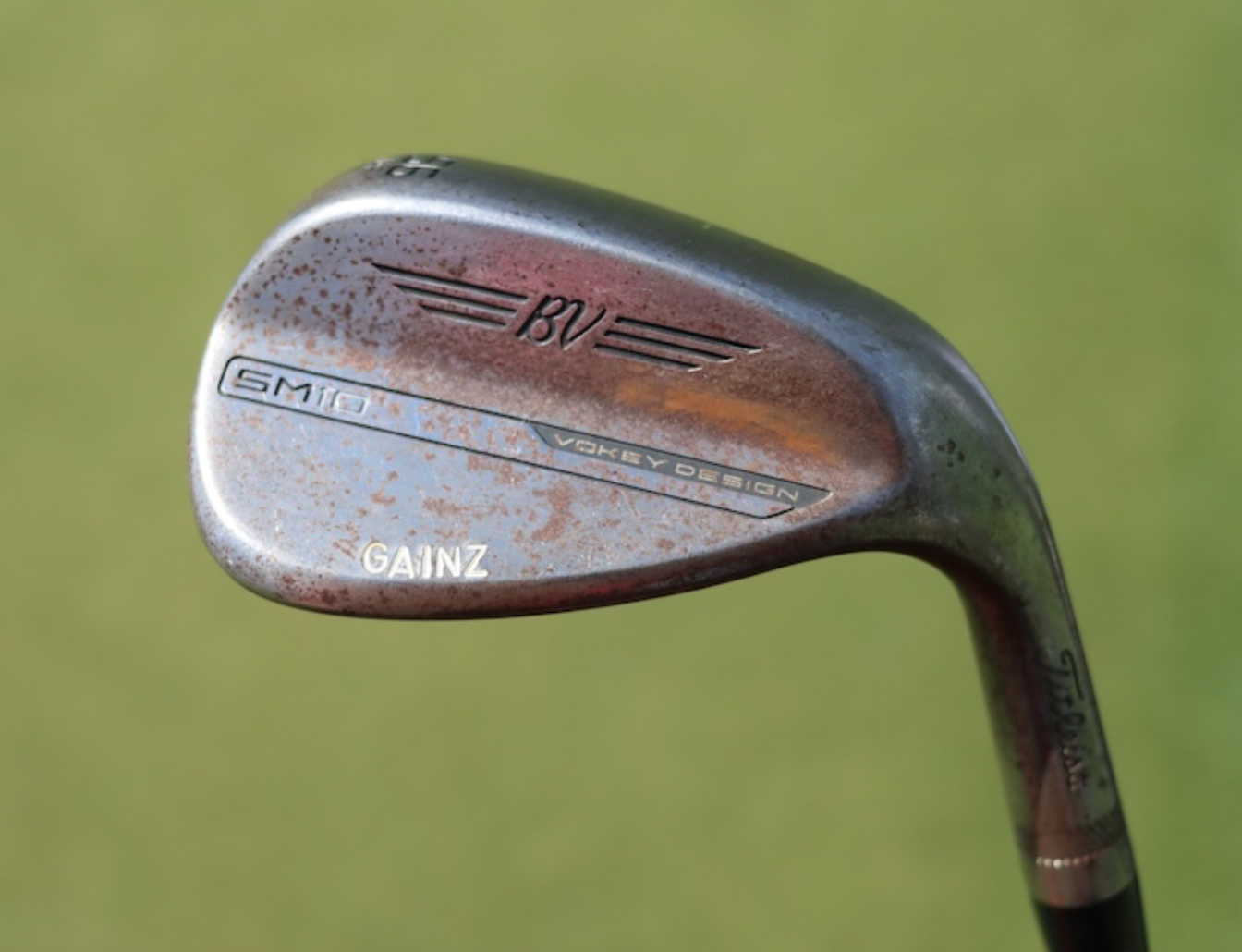
- Kevin Tway what’s in the bag accurate as of the Wells Fargo Championship. More photos from the event here.
Driver: Ping G430 LST (10.5 degrees)
Shaft: Fujikura Ventus Black 6 X
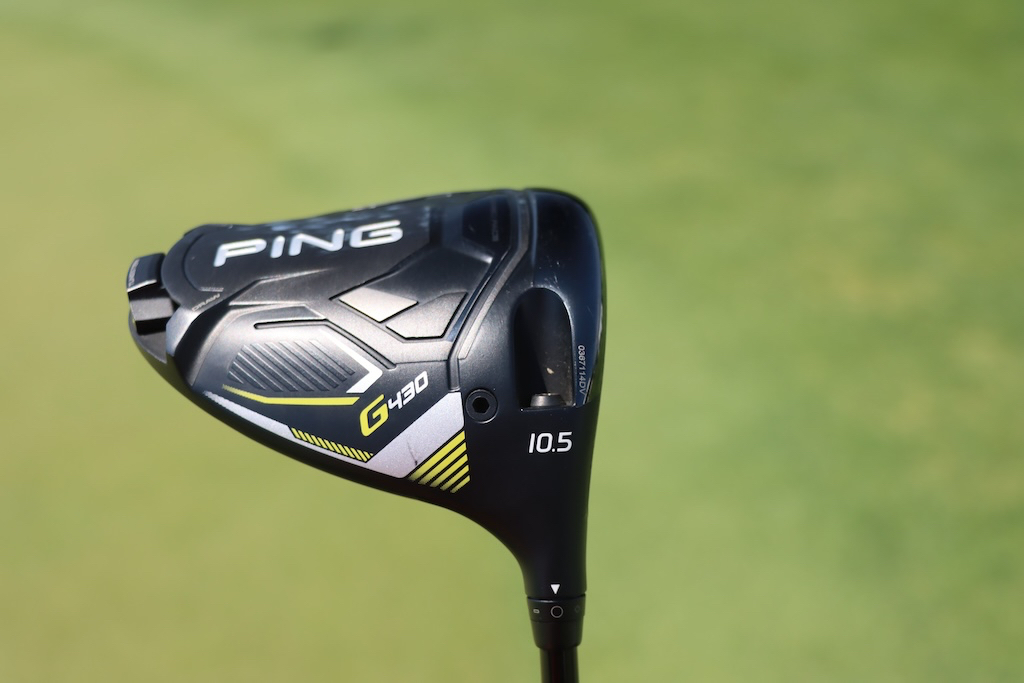
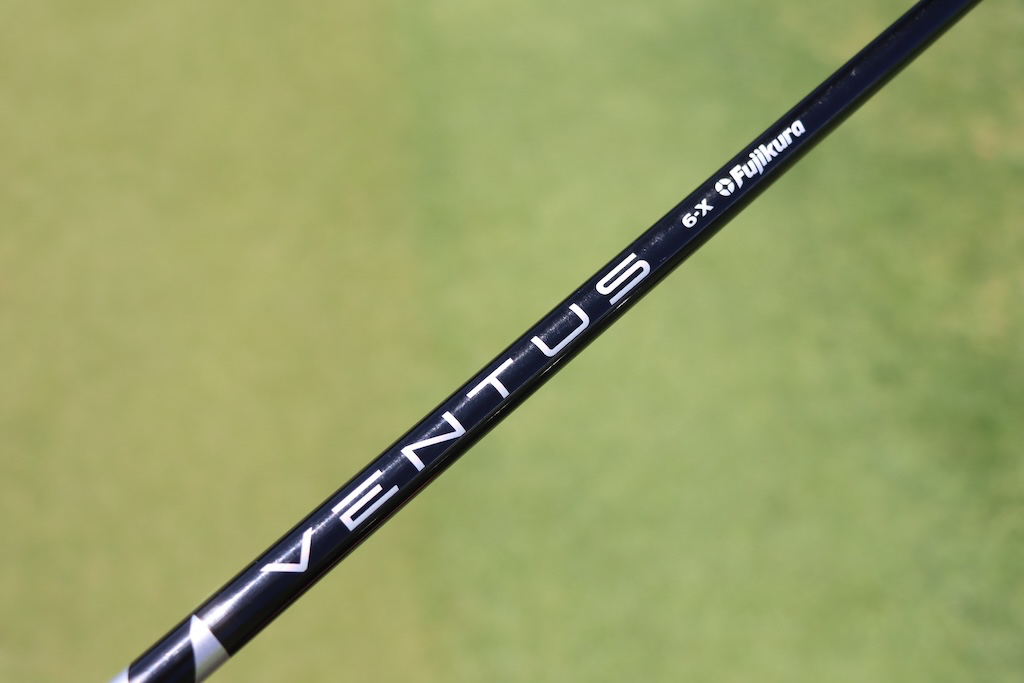
3-wood: TaylorMade Stealth 2 (15 degrees)
Shaft: Mitsubishi Diamana D+ 80 TX
5-wood: TaylorMade Stealth 2 (18 degrees)
Shaft: Mitsubishi Diamana D+ 90 TX
Irons: Wilson Staff Utility (2), Titleist T100 (4-9)
Shafts: Mitsubishi MMT 100 TX (2), True Temper Dynamic Gold Tour Issue X100 (4-9)
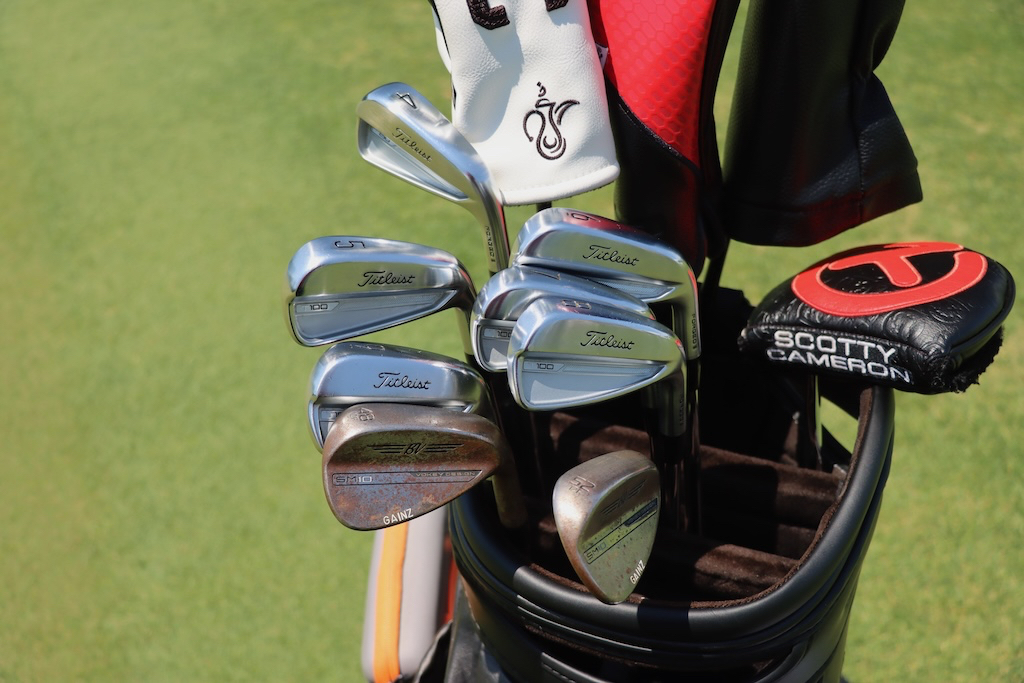
Wedges: Titleist Vokey Design SM10 (48-10F @47, 52-12F @51, 56-14F), SM7 (60-10S)
Shafts: True Temper Dynamic Gold Tour Issue X100 (48-56), True Temper Dynamic Gold Tour Issue S400 (60)
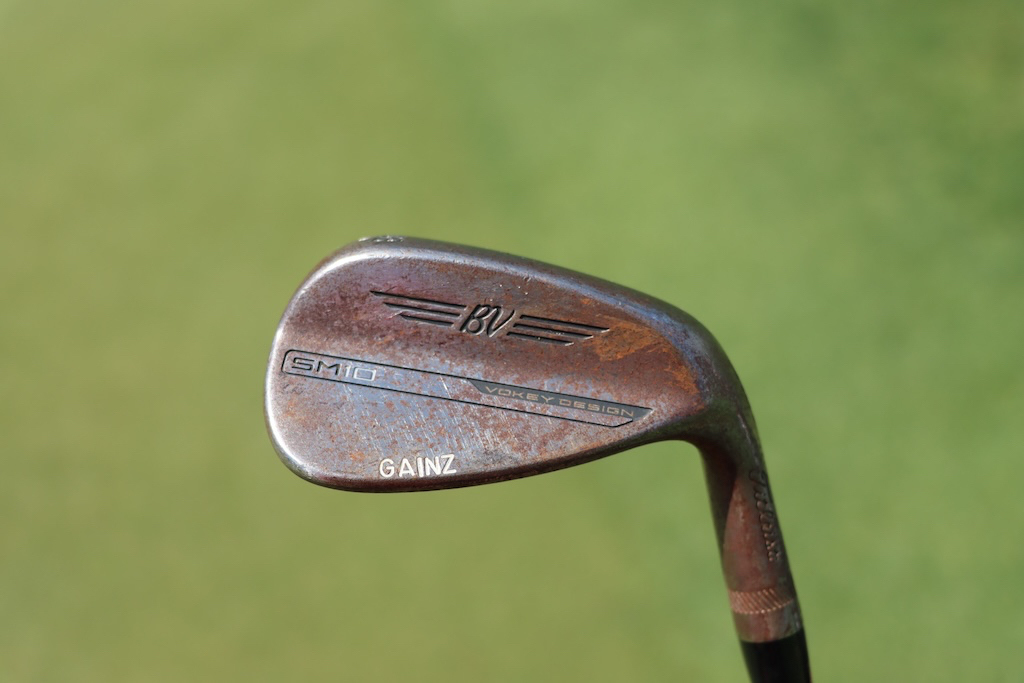
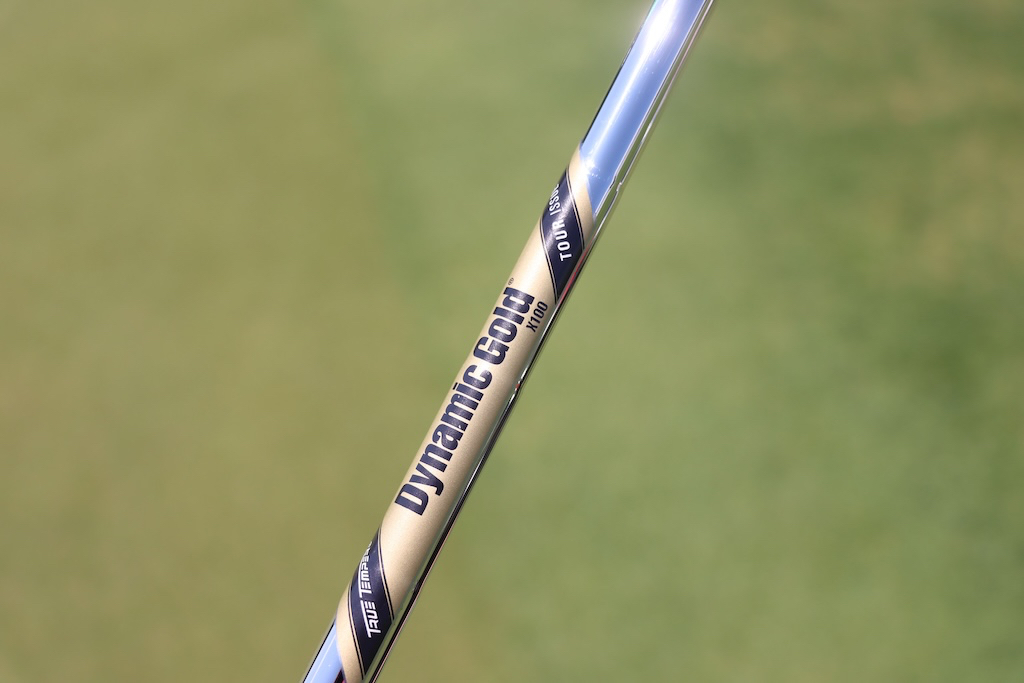
Putter: Scotty Cameron T-5 Proto
Grip: Scotty Cameron Black Baby T
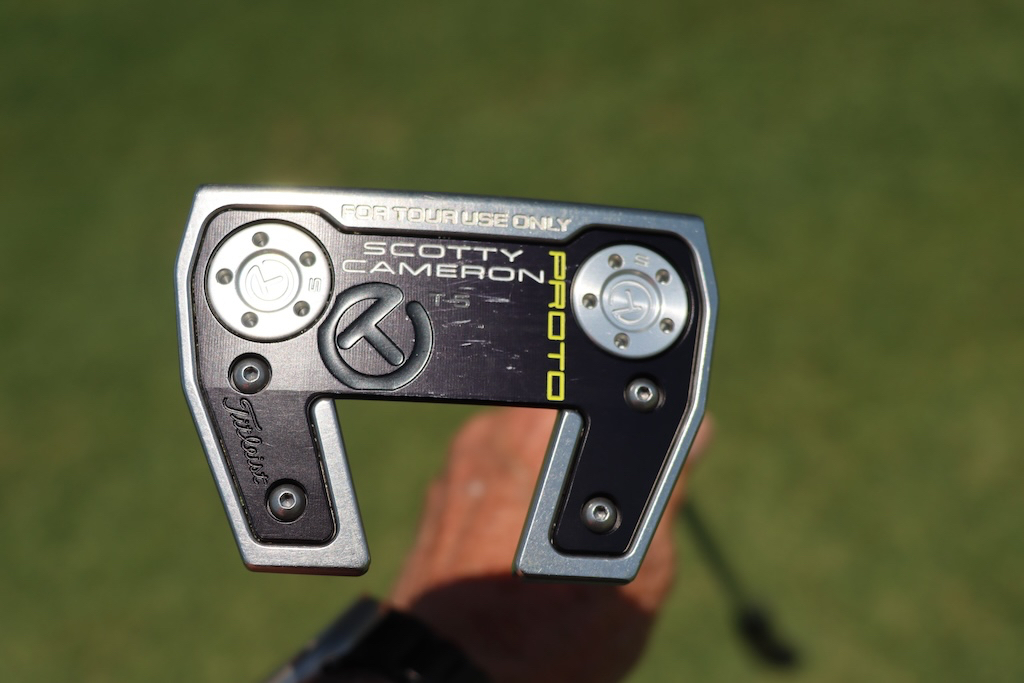
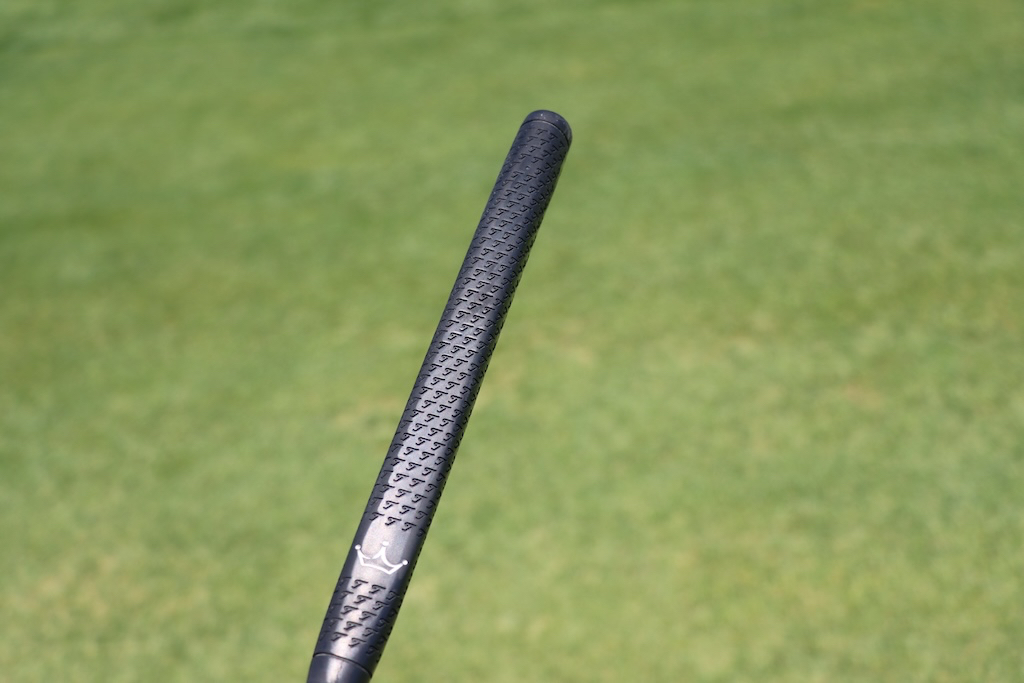
Grips: Golf Pride Tour Velvet Plus4
More photos of Kevin Tway’s WITB in the forums.
- LIKE0
- LEGIT0
- WOW0
- LOL0
- IDHT0
- FLOP0
- OB0
- SHANK0
Equipment
Did Rory McIlroy inspire Shane Lowry’s putter switch?
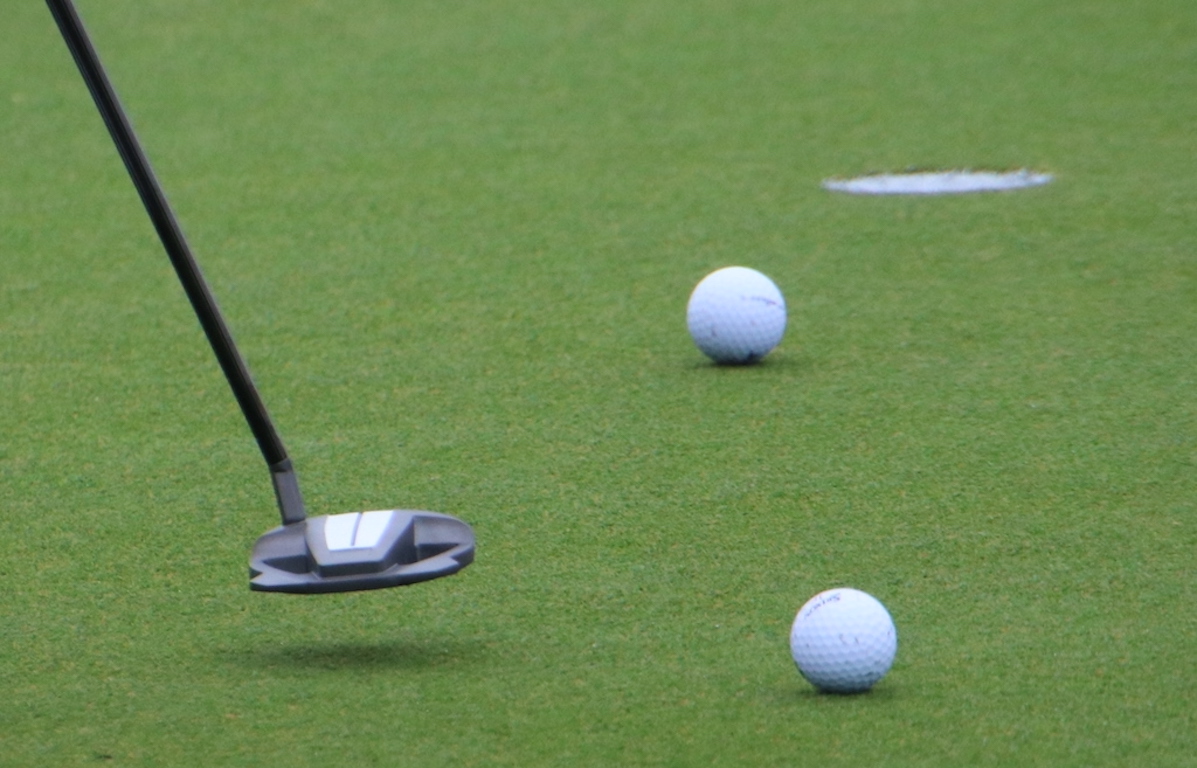
Editor’s note: This is an excerpt from a piece our Andrew Tursky originally wrote for PGATour.com’s Equipment Report. Head over there for the full article.
The timing of Lowry’s putter changeup was curious: Was he just using a Spider putter because he was paired with McIlroy, who’s been using a Spider Tour X head throughout 2024? Was Lowry just being festive because it’s the Zurich Classic, and he wanted to match his teammate? Did McIlroy let Lowry try his putter, and he liked it so much he actually switched into it?
Well, as it turns out, McIlroy’s only influence was inspiring Lowry to make more putts.
When asked if McIlroy had an influence on the putter switch, Lowry had this to say: “No, it’s actually a different putter than what he uses. Maybe there was more pressure there because I needed to hole some more putts if we wanted to win,” he said with a laugh.
To Lowry’s point, McIlroy plays the Tour X model, whereas Lowry switched into the Tour Z model, which has a sleeker shape in comparison, and the two sole weights of the club are more towards the face.
Lowry’s Spider Tour Z has a white True Path Alignment channel on the crown of his putter, which is reminiscent of Lowry’s former 2-ball designs, thus helping to provide a comfort factor despite the departure from his norm. Instead of a double-bend hosel, which Lowry used in his 2-ball putters, his new Spider Tour Z is designed with a short slant neck.
“I’ve been struggling on the greens, and I just needed something with a fresh look,” Lowry told GolfWRX.com on Wednesday at the 2024 Wells Fargo Championship. “It has a different neck on it, as well, so it moves a bit differently, but it’s similar. It has a white line on the back of it [like my 2-ball], and it’s a mallet style. So it’s not too drastic of a change.
“I just picked it up on the putting green and I liked the look of it, so I was like, ‘Let’s give it a go.’”
Read the rest of the piece over at PGATour.com.
- LIKE0
- LEGIT0
- WOW0
- LOL0
- IDHT0
- FLOP0
- OB0
- SHANK0
Equipment
Webb Simpson equipment Q&A: Titleist’s new 2-wood, 680 blade irons, and switching to a broomstick Jailbird
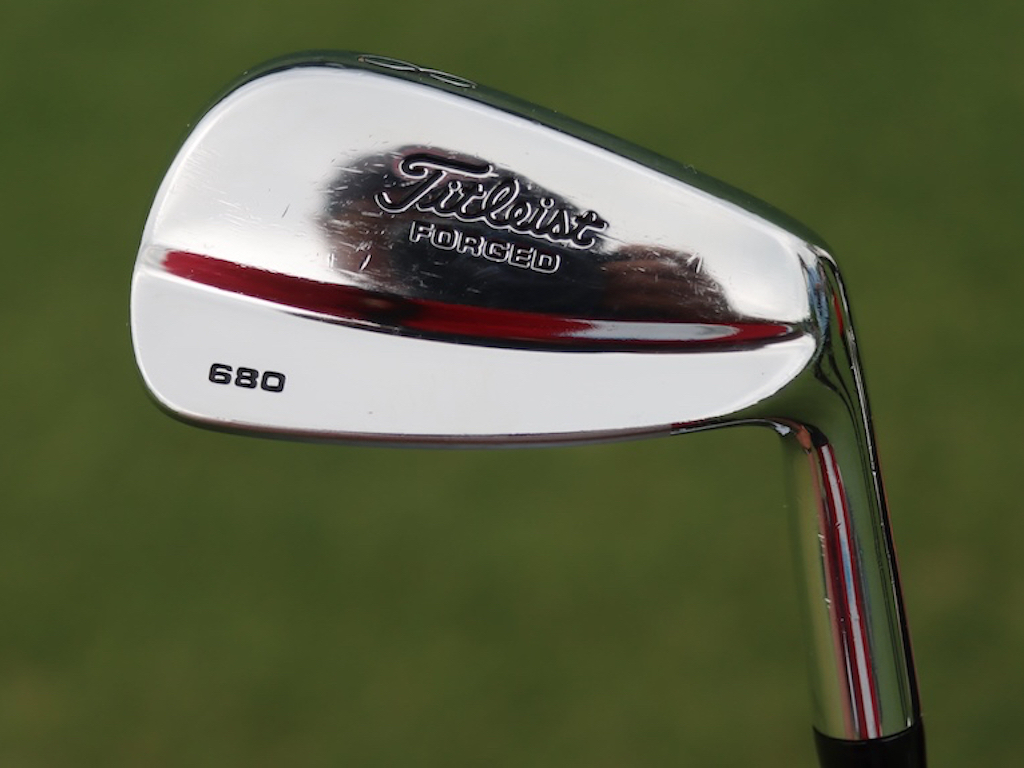
With seven career wins on the PGA Tour, including a U.S. Open victory, Webb Simpson is a certified veteran on the course. But he’s also a certified veteran in the equipment world, too. He’s a gearhead who truly knows his stuff, and he’s even worked closely with Titleist on making his own custom 682.WS irons.
On Wednesday at the 2024 Wells Fargo Championship, I caught up with Simpson to hear about his experience with Titleist’s new prototype 2-wood, how Titleist’s 680 Forged irons from 2003 ended up back in his bag, and why he’s switching into an Odyssey Ai-One Jailbird Cruiser broomstick putter this week for the first time.
Click here to read our full story about Simpson’s putter switch on PGATOUR.com’s Equipment Report, or continue reading below for my full Q&A with Simpson at Quail Hollow Club on Wednesday.
See Webb Simpson’s full WITB from the 2024 Wells Fargo Championship here
GolfWRX: It seems like you’ve been a little all over the place with your irons in the past six months or so, and now going back to the 680’s. Is that just a comfort thing? What’s been going on with the irons?
Webb Simpson: Titleist has been so great at working with me, and R&D, on trying to get an iron that kind of modernizes the 680. And so the 682.WS took the T100 grooves, but kinda took the look and the bulk and the build of the 680’s into one club. They’re beautiful, and awesome looking. I just never hit them that well for a consistent period of time. It was probably me, but then I went to T100’s and loved them. I loved the spin, the trajectory, the yardage, but again, I never went on good runs. Going through the ground, I couldn’t feel the club as well as with the blade. So last week, I’m like, ‘Alright. I’m gonna go back more for…comfort, and see if I can get on a nice little run of ball striking.’
So that’s why I went back.
View this post on Instagram
OK, that makes sense. I know you had done some 2-wood testing recently. Is that in the bag right now?
It’s like day-by-day. I used it at Hilton Head every day. Valero, I used it one round. And this week, me and my caddie will do the book every morning, and if it’s a day where we think we need it, we’ll just put it in and take the 3-wood out. I love it because it’s a super simple swap. Like, it doesn’t really change much.
Yeah, can you tell me about that club? I mean, we don’t really know anything about it yet. You know? I haven’t hit it or anything, obviously.
It has grooves like a 3-wood. Spin is perfect. And it’s honestly, like, everything is in the middle of a 3-wood and driver number. Trajectory, spin, carry, all of it. So, a Hilton Head golf course is almost too easy to talk about because, you know, there, so many holes are driver 3-wood.
Valero, our thinking was we had two par-5’s into the wind, and we knew that it would take two great shots to get there in two. So instead of hitting driver-driver, we just put it in. And I used it on those holes.
Hilton was a little easier because it was off-the-tee kind of questions. But Colonial will be a golf course where, you know, there’s a lot of driver or 3-woods. It’s kind of like a backup putter or driver for me now. I’ll bring it to every tournament.
So it’s, like, in your locker right now, probably?
Well, it would be. It’s in my house [because Webb lives near by Quail Hollow Club, and is a member at the course.] It’s in the garage.
Oh, yeah, that’s right. Do you know what holes you might use it out here if it goes in play?
Potentially 15, depending on the wind. Second shot on 10. Could be 14 off the tee. The chances here are pretty low (that he’ll use the 2-wood). But, like, Greensboro would be an awesome club all day. I’m trying to think of any other golf courses.
There’s plenty that it’ll be a nice weapon to have.
It’s interesting, the wave of 2-woods and mini drivers. Like, it’s just really taken off on Tour, and all the companies have seemed to embrace it.
Yeah. The thing I had to learn, it took me, like, at least a week to learn about it is you gotta tee it up lower than you think. I kept teeing it up too high. You need it low, like barely higher than a 3-wood. And that was where I got optimal spin and carry. If you tee it up too high, you just don’t get as much spin and lose distance, I don’t know if that’s just a mini driver thing.
And you obviously have a Jailbird putter this week. What spurred that on?
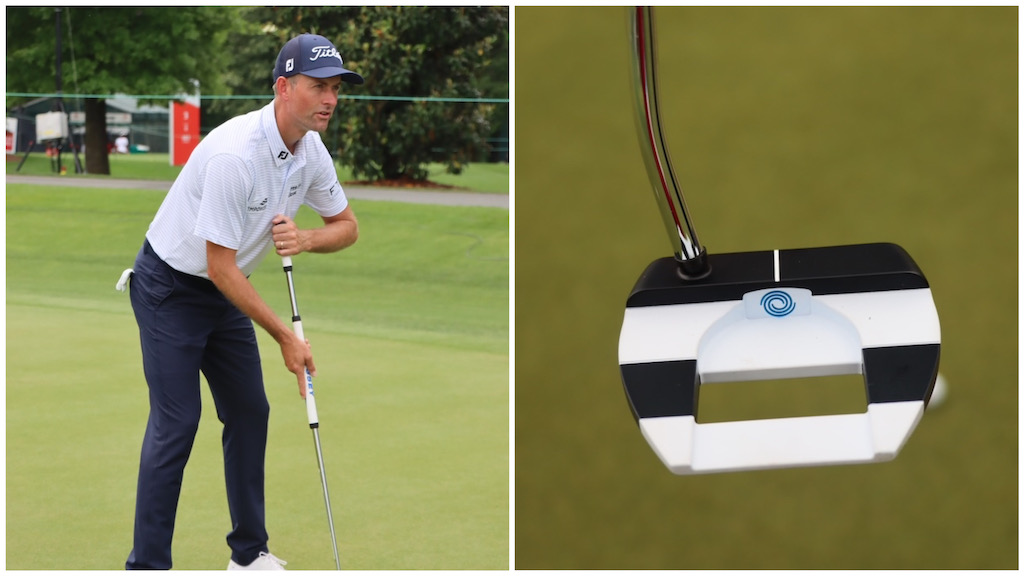
Inconsistent putting. I’m stubborn in a lot of ways when it comes to my equipment, but I have to be open minded – I just hadn’t putted consistently well in a while. And I’m like, ‘Man, I feel my ball-striking coming along. Like I feel better; for real, better.’
If I can just get something in my hands that I’m consistent with. Being on Tour, you see it every year, guys get on little runs. I can put together four to five tournaments where I’m all the sudden back in the majors, or in the FedExCup Playoffs. You can turn things around quick out here. I’m like, ‘Man, whatever’s going to get me there, great.’
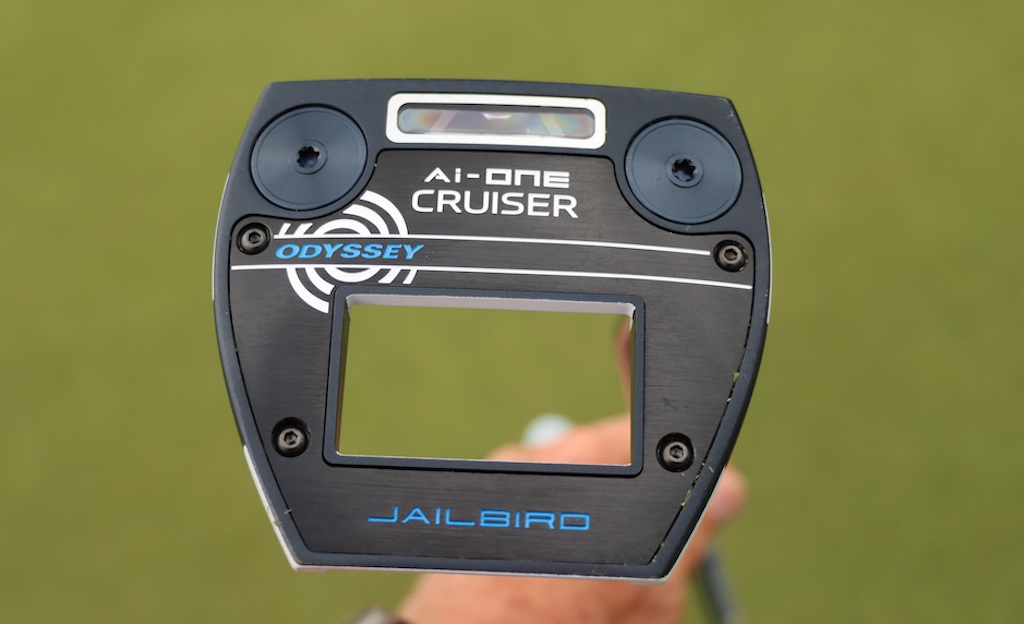
My caddie, David Cook, caddied for Akshay at the Houston Open and he putted beautifully. Then, I watched Akshay on TV at Valero, and he putted beautifully. And, I’m like, ‘I’m just going to try it.’
I’ve never tried it for more than a putt or two, and I just ordered what Akshay uses. It was pretty awkward at first, but the more I used it, the more I’m like, ‘Man, it’s pretty easy.’ And a buddy of mine who’s a rep out here, John Tyler Griffin, he helped me with some setup stuff. And he said at Hilton Head, he wasn’t putting well, then tried it, and now he makes everything. He was very confident. So I’m like, ‘Alright, I’ll try it.’”
And you’re going with it this week?
Hundred percent.
Alright, I love it. Thank you, I always love talking gear with you. Play well this week.
Thanks, man.
See Webb Simpson’s full WITB from the 2024 Wells Fargo Championship here
- LIKE25
- LEGIT3
- WOW1
- LOL1
- IDHT0
- FLOP0
- OB0
- SHANK2
-

 19th Hole3 weeks ago
19th Hole3 weeks agoJustin Thomas on the equipment choice of Scottie Scheffler that he thinks is ‘weird’
-

 19th Hole3 weeks ago
19th Hole3 weeks ago‘Absolutely crazy’ – Major champ lays into Patrick Cantlay over his decision on final hole of RBC Heritage
-

 19th Hole2 weeks ago
19th Hole2 weeks agoLET pro gives detailed financial breakdown of first week on tour…and the net result may shock you
-

 19th Hole3 days ago
19th Hole3 days agoReport: LIV star turns down PGA Championship invite due to ‘personal commitments’
-

 19th Hole1 week ago
19th Hole1 week agoGary Player claims this is what ‘completely ruined’ Tiger Woods’ career
-

 Whats in the Bag2 weeks ago
Whats in the Bag2 weeks agoTeam McIlowry (Rory McIlroy, Shane Lowry) winning WITBs: 2024 Zurich Classic
-

 Equipment1 week ago
Equipment1 week agoGolf fans left surprised by LIV’s choice of course for its 2024 individual championship event
-

 19th Hole1 week ago
19th Hole1 week agoLIV star splits with swing coach after working together for 14 years



















Ac
Jun 13, 2020 at 11:50 pm
Redbird creates an outstanding product. On par with the best forging a out there. I’ve had a couple of sets over the years and have always been impressed.
David
Jun 13, 2020 at 2:49 pm
Red bird (Jay and Brandon) are awesome. If I need any work on my clubs I always take it to them. The knowledge and understanding of my swing and needs are top level!